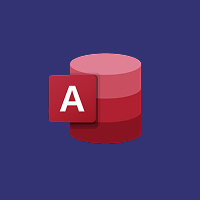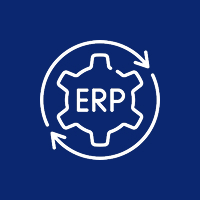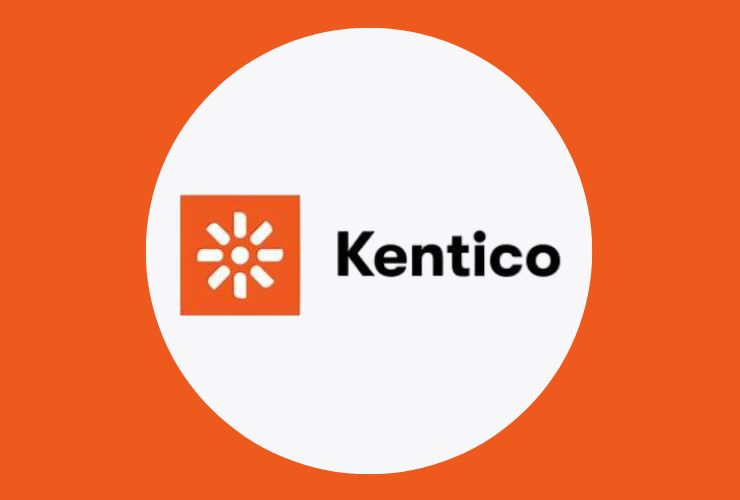File uploading is a standard functionality in web applications, whether that means accepting a user profile image, uploading a document, or uploading large media files. Laravel makes it easy to handle file uploads by providing a complete and safe framework to handle file uploads properly.
Step 1: Set up the upload form
The first thing you will do is create a form that supports file uploads. The form must be configured to properly send the file data with every request. You will have a file input and a CSRF token in the form. When the form is submitted, the file data will get submitted to a route you define in your application.
Step 2: Create routes and controller methods
Next, you will create a route that goes to a controller method responsible for handling file upload logic. The controller method will read the file data, validate it, and process the storage of the file.
Step: 3 Validating Uploaded Files
Validation will allow you to limit what files are processed. For file uploads, you want to restrict the MIME types of files and limit their size. You may want to restrict uploads to images, PDFs or limit the type of audio files your application stores. Using the maximum file size with a method that restricts the max file for upload the maximum is a safe way to limit how large a file your application user uploads.
Step 4: Filing Away Your Files
After validating the uploaded files, they are filed away into storage via Laravel’s storage. Laravel creates storage disks, which is a configuration variable, to store files anywhere i.e. locally on the server, locally in a public directory, or upload files to a third-party cloud provider like AWS S3 or Google Cloud Storage. You can set and configure the storage options within Laravel itself.
Step 5: Linking Files
You also have to create a link so that users, or application files can access the uploaded files. This is important because it will allow users to view or download files from URLs. Laravel will allow you to create the link via commands and configurations.
Step 6: File management.
When finalizing the file, you will want to delete it as part of freeing up storage and file management (essentially keeping your files organized). Laravel’s storage system allows safe deletion of files in storage. Of course, we could have used any form of file management of our preference. Examples include versioning, or just deleting files automatically as per applications functionality.
How to Manage Files More Efficiently
When working with larger files, it’s a good idea to use chunked uploads or do background processing to make it easier for the user and ensure reliability. For images, you can use image processing packages that allow you to resize, compress or change image format right after upload.
Using cloud storage options provides scalability and durability, which is great for applications where file storage needs are growing. Additionally, providing users with feedback during uploads—by employing progress indicators—can make using your application easier.
Security Measures
Always validate all incoming files to prevent users from attempting to upload malicious files. Sanitize file names or use Laravel’s pre-existing unique naming conventions to avoid overwriting files with the same name. Store undeletable files on private storage disks. Serve sensitive files through signed or temporary URLs to restrict access.
Conclusion: Why use Laravel?
Laravel’s extensive features for handling forms, well-defined validation procedures, flexible storage, and built-in security features, makes it an ideal backend for establishing workable file upload systems that are both reliable and secure. You can build everything from a simple upload form to a complex cloud-based file Uploads and management workflow.
Need a professional to help with file uploads in Laravel?
At E Edge technology , we offer Laravel development services that include secure file uploads, image manipulation, cloud storage connections, and performance improvement. Start fresh with a new upload system or enhance an existing upload system with our custom work tailored to your business development needs.
Connect with us today to get started with a file upload system that is designed to be secure, scalable, and simple.













 Database Development
Database Development












































